With PlaySmart’s turnkey landscape services and garden design ideas, creating a unique outdoor area to attract your target demographic of buyer is simple.
Kerbside appeal and first impressions of a housing development are a priority for developers. We recommend developers prioritise landscaping for bespoke sales area gardens, show areas, garden lawns, and entranceways. This is because it allows prospective buyers to get a very attractive first impression of the development.
For less grass maintenance than natural grass with better sustainability than artificial, choose hybrid grass for your lawns. With cost-effective installation, these grass solutions create a consistently green and soft lawn. A good lawn can give any housing development a boost, bringing a vibrant, natural look to the property.
Hybrid grass is the best solution to maintaining a natural-looking but durable lawn. By combining real and synthetic grass, hybrid lawns are soft and full while handling up to 3 times as much wear and tear as natural grass.
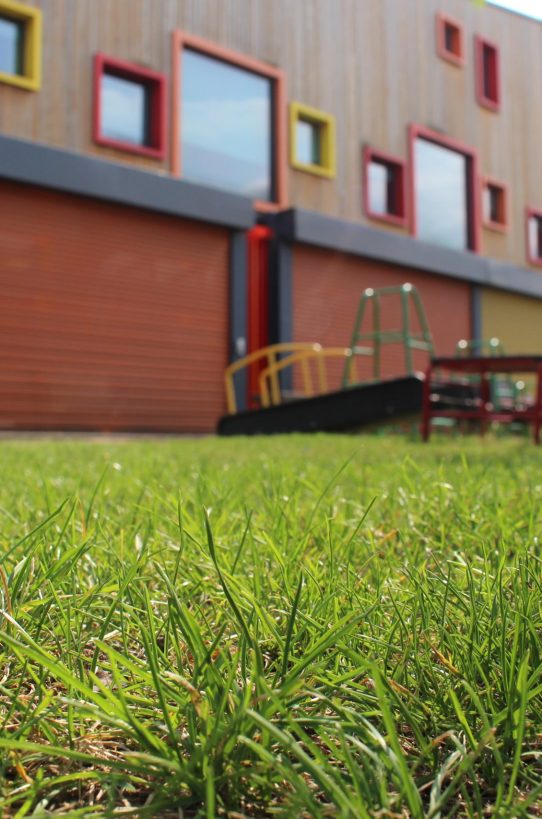
For patio areas or pathways, developers need to choose the right hard surfacing material. This can vary depending on the aesthetic of the garden development and requirements for drainage and safety.
Corkeen is an incredibly versatile option for surfacing. The sustainable material is long-lasting and fully recyclable while providing a unique colour and texture profile. On hard-standing areas, Corkeen is an ideal stable surface suitable for heavy use and even activities like running or children playing. No matter the purpose of the area, a multi-use, reliable surface is the best investment you can make for your garden design.
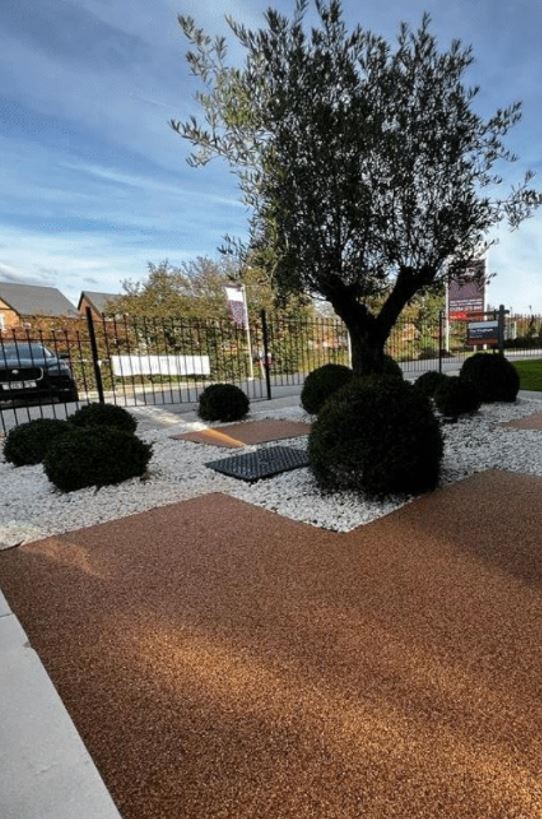
We recommend landscape maintenance to keep your landscaping looking presentable and maximize the lifespan of each installation. With an appropriate maintenance program adapted to your surfaces and plantlife, you can get the most out of your landscapes.
Green, lush grass lawns is important for creating the best first impression of a property. Maintaining lawns year-round can require patience and consistency of care and upkeep.
As we approach Summer, lawns can face risks of yellowing and patchiness if not watered properly. We recommend a seasonal change to watering schedules during Summer. This means watering at the start or end of the day to reduce evaporation that can leave lawns dried out.
For a consistent, neat lawn, you should mow your grass to around 2.5-3 inches every few weeks and regularly inspect and manually remove weeds as they appear. However, new grass should be given time to grow to 3-4 inches before the first mow, and more regular mowing is needed during the growing season.
Key to bringing colour and nature to rooftop gardens and areas with hard surfacing, planting beds require maintenance and care. As well as weekly watering, planters require the addition of organic mulch to be replenished bi-annually and fertiliser as required.
Mulch and fertiliser act as valuable plant food that contributes to soil health, help retain moisture and suppresses weeds. Natural mulch made from bark, wood chips, or straw is a great choice to control soil quality in planters while maintaining a natural look under the plants. Whereas organic compost fertilizer or bone meal is a great alternative to harsh chemical fertilizers- particularly for heavy-feeding plants like vegetable gardens.
Trees are a great centerpoint feature for a garden so need to be kept in good condition. To catch problems early, you should undertake regular inspections of your trees with an eye toward signs of disease, pests, and weaknesses in branches or the trunk. Depending on the age of the trees, different maintenance is needed.
Newly planted trees require consistent deep watering to encourage root growth. During dry seasons, this means applying 1-1.5 inches of water each week. Just after planting, young trees need mulch at their base and stalks along their trunks to provide the extra support they need to avoid damage from the elements.
Alternatively, established trees require less frequent watering, with the most care needed during longer dry periods where deep watering is important to ensure proper root growth. As trees grow, problems in the structure, shape, or size may arise. Weaker branches may require cabling or bracing to prevent breakages and promote uniform growth. Regular pruning is also important to keep trees at a manageable size without overcrowding or risking damage to adjoining structures.
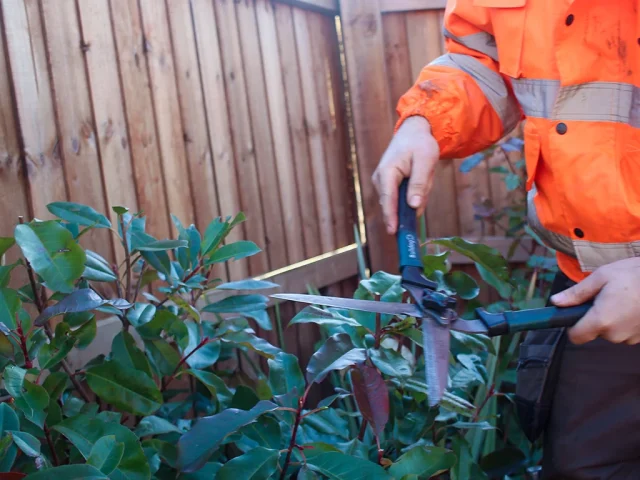
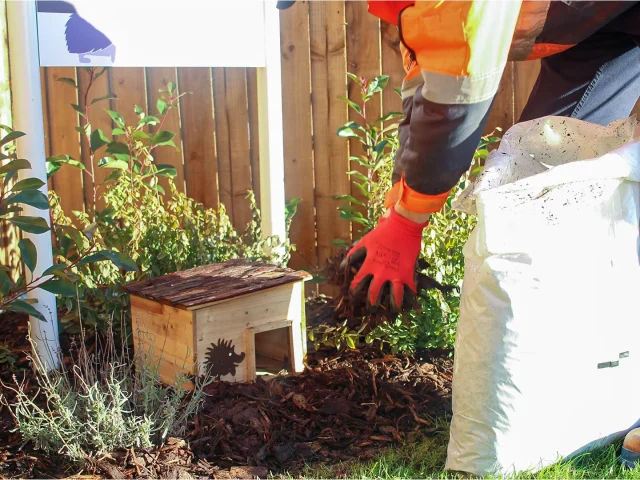
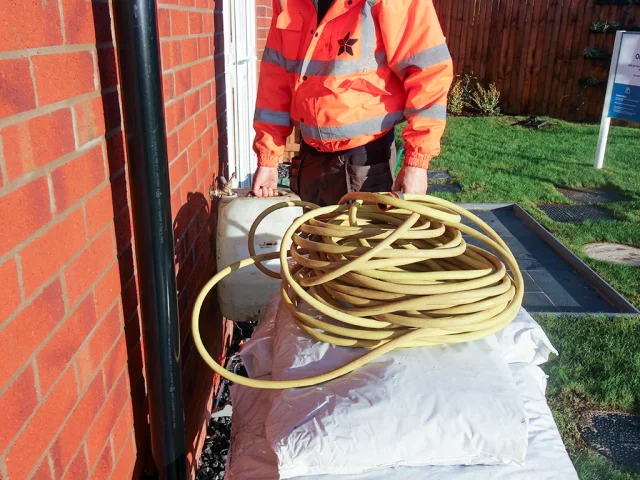
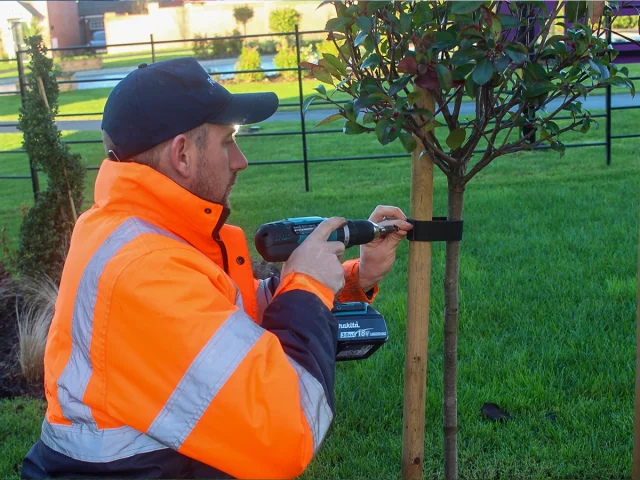
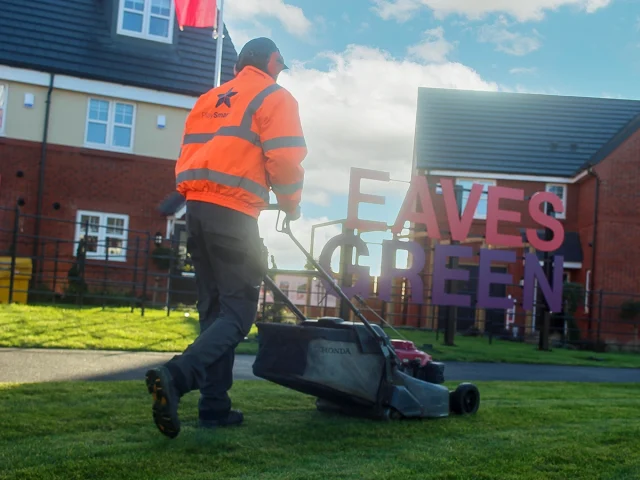
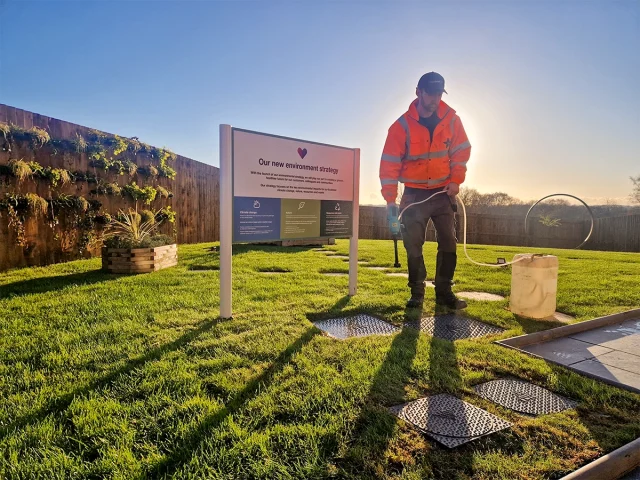
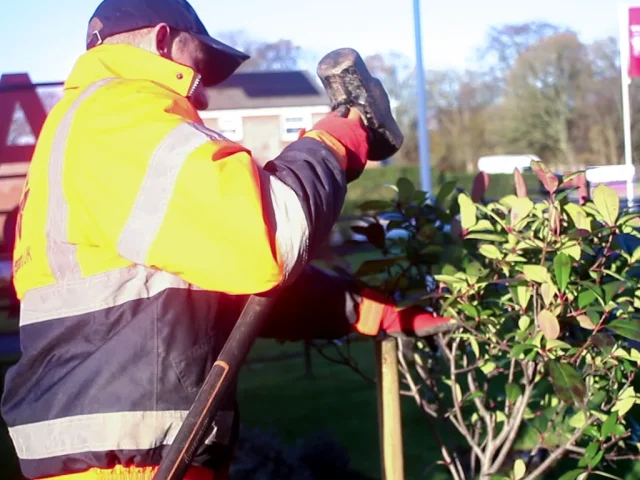
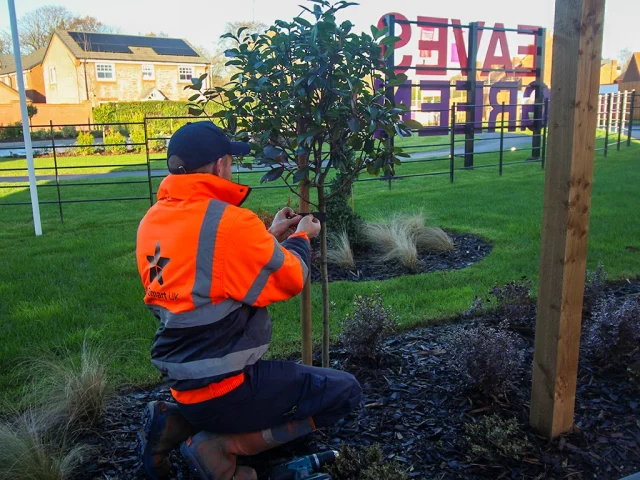
Contact our team for your consultation to discuss your options with the handy form on our contact page or call us at 01564 742811.